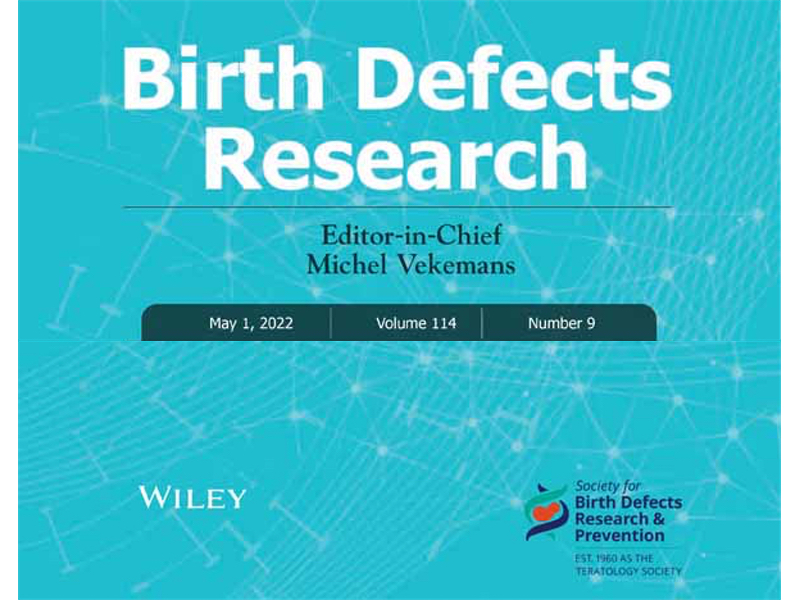New Paper Published in Birth Defects Research

Dr Jane Barber, Dr Claire Sadler and Dr Jane Stewart are among the authors of new paper published in Birth Defects Research.
The Paper
Malarial PI4K inhibitor induced diaphragmatic hernias in rat: Potential link with mammalian kinase inhibition
Abstract
Background
MMV390048 is an aminopyridine plasmodial PI4K inhibitor, selected as a Plasmodium blood-stage schizonticide for a next generation of malaria treatments to overcome resistance to current therapies. MMV390048 showed an acceptable preclinical safety profile and progressed up to Phase 2a clinical trials. However, embryofetal studies revealed adverse developmental toxicity signals, including diaphragmatic hernias and cardiovascular malformations in rats but not rabbits.
Methods
In vivo exposures of free plasma concentrations of compound in rats were assessed in relation to in vitro human kinase inhibition by MMV390048, using the ADP-Glo™ Kinase Assay.
Results
We demonstrate a potential link between the malformations seen in the embryofetal developmental (EFD) studies and inhibition of the mammalian PI4Kβ paralogue, as well as inhibition of the off-target kinases MAP4K4 and MINK1. PI3Kγ may also play a role in the embryofetal toxicity as its in vitro inhibition is covered by in vivo exposure. The exposures in the rabbit embryofetal development studies did not reach concentrations likely to cause PI4K inhibition. Overall, we hypothesize that the in vivo malformations observed could be due to inhibition of the PI4K target in combination with the off-targets, MAP4K4 and MINK1. However, these relationships are by association and not mechanistically proven.
Conclusions
Deciphering if the EFD effects are dependent on PI4K inhibition, and/or via inhibition of other off-target kinases will require the generation of novel, more potent, and more specific PI4K inhibitors.
Demarta-Gatsi, C., Donini, C., Duffy, J., Sadler, C., Stewart, J., Barber, J. A., & Tornesi, B. (2022). Malarial PI4K inhibitor induced diaphragmatic hernias in rat: Potential link with mammalian kinase inhibition. Birth Defects Research, 1-12. https://doi.org/10.1002/bdr2.2012
Download the free access paper here





